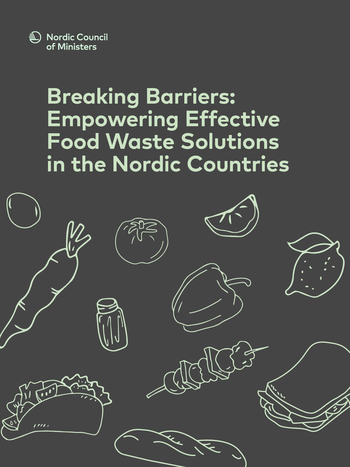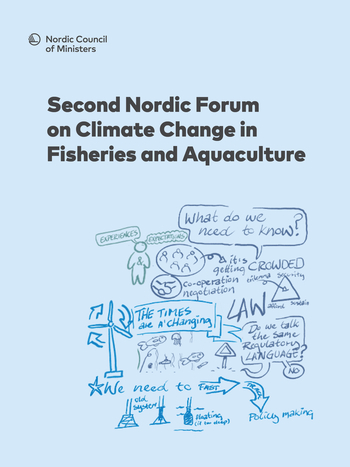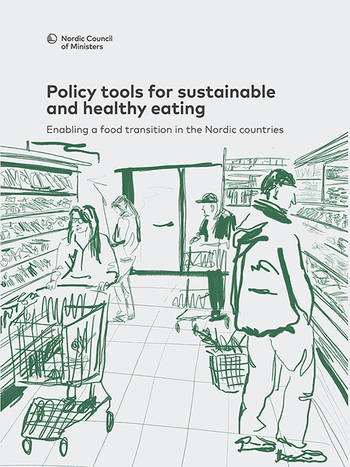Interactions between Infections, Nutrients and Xenobiotics

Information
Publish date
Abstract
During recent years there have been several incidents where symptoms of disease have been linked to consumption of food contaminated by chemical substances (e.g. TCDD). Furthermore, outbreaks of infections in food producing animals have attracted major attention with regards to the safety for consumers (e.g., BSE and influenza in chicken). As shown for several xenobiotics in an increasing number of experimental studies, even low-dose xenobiotic exposure may impair immune function over time, as well as microorganism virulence, resulting in more severe infectious diseases and possibly other diseases as well. Also, during ongoing infection, xenobiotic uptake and distribution is often changed resulting in increased toxic insult to the host. The interactions between infectious agents, nutrients, and xenobiotics have thus become a developing concern and new avenue of research in food toxicology, as well as in food-born diseases. From a health perspective, in the risk assessment of xenobiotics in our food and environment, synergistic effects between microorganisms, nutrients, and xenobiotics will have to be considered. Such effects may otherwise gradually change the disease panorama in society. The author of this report is senior food toxicologist at the National Food Administration, Uppsala, Sweden. He is PhD and Adjunct Professor in Experimental Infectious Diseases at the Faculty of Medicine, Uppsala University, Sweden, and a great part of his scientific production has been devoted to the theme covered in this report.
Publication number
2005:538




